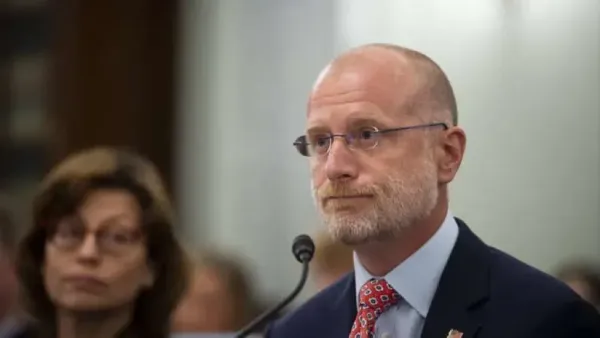Wireless Internet Service Providers Facing Challenges Meeting BEAD Program Requirements: Experts
Hurdles WISPs face include defining reliable service, regulatory burdens, and financial requirements, experts say.
David B. McGarry

LAS VEGAS, October 4, 2022 – Several requirements for providers receiving funds from the Broadband Equity, Access, and Deployment program present significant difficulties for wireless internet service providers, said experts at the WISPAPALOOZA conference on Monday.
The BEAD program, administered by the National Telecommunications and Information Administration, will allot $42.5 billion dollars to the states to promote broadband access. States will in turn issue awards from their allotted funds to “subgrantees” – such as wireless internet service providers – for broadband deployment and other projects.
“The biggest concern is the way that NTIA has defined ‘reliable broadband service’ to exclude locations that are served exclusively with unlicensed spectrum,” Stephen Coran, attorney in the broadband and communications practice group at Lerman Senter, told Broadband Breakfast Monday. “There’s nine million people who are getting broadband service that way. Many of them can’t get it any other way and the service is reliable.”
Areas covered solely by unlicensed spectrum are considered unserved by the NTIA. Carol Mattey, principal at Mattey Consulting LLC, told Broadband Breakfast Monday that although WISPs who operate such networks can apply for BEAD funding to alter their networks to meet the NTIA’s definition of “reliable broadband,” navigating BEAD’s complex regulatory framework will be difficult for many small providers.
“Most small providers don’t have the in-house staff or expertise to manage regulatory compliance,” she explained. “They’re…in the business of building networks. They don’t have people [who are] regulatory compliance experts.”
Mattey said small networks will have to adapt to overcome BEAD’s regulatory barriers. “They either have to acquire [regulatory-compliance] resources of share resources with others,” she said.
Possible financial hurdles
States or subgrantees must provide matching funds of at least 25 percent of each project’s cost. In addition, the NTIA’s notice of funding opportunity requires subgrantees to provide a letter of credit from a bank, totaling no less than 25 percent of the subgrantee’s award from the state.
Subgrantees receiving BEAD funding must also comply with Build America, Buy America provisions, which require construction material produced domestically make up at least 55 percent of total project cost – even if foreign sourcing would be cheaper. The NTIA is moving to waive some of these requirements for recipients of the NTIA’s $1-billion Middle Mile grant program.
Many subgrantees must also comply with the Davis-Bacon Act, which empowers the Department of Labor to set wage thresholds for contractors working on federally funded projects.










Member discussion